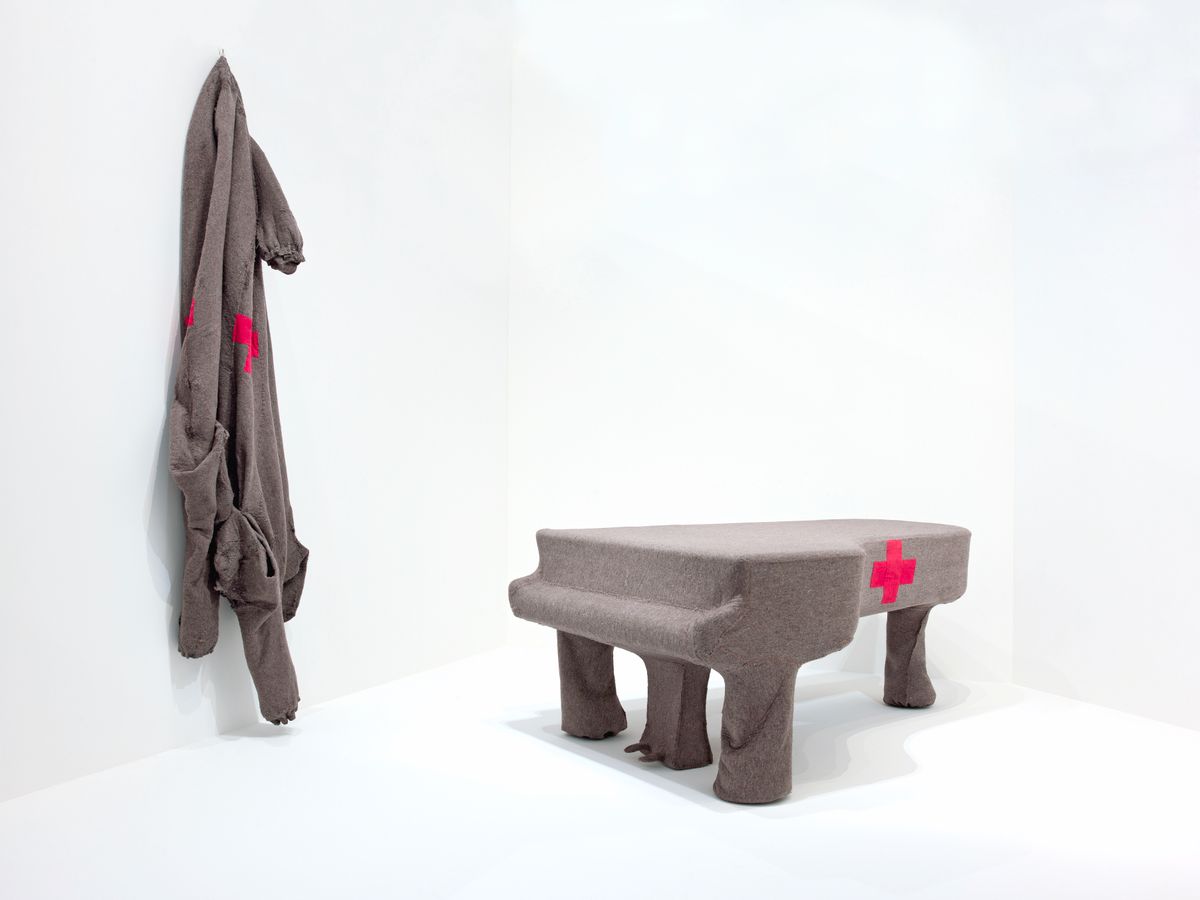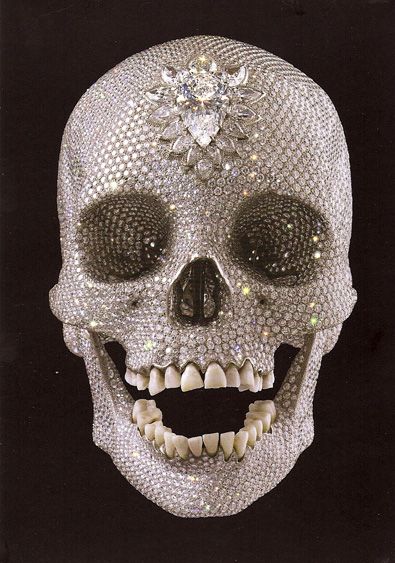


The Congolese painter Chéri Samba figured amongst the artists presented in the exhibition Les Magiciens de la Terre (Earth’s Magicians). At 32, this was for him the start of an international career.
Eight years later, he painted a 3-picture work in which Picasso and himself were the main characters. This was a clear act of denunciation.

Chéri Samba denounced the fact that modern art museums presented works inspired by African art, but ignored contemporary African artists.

Non-Western artists are not the only ones to be partly ignored. The same is true for women. There were only 12 women amongst the 100 most sought-after artists in 2019.
This figure remains low, although it has doubled in 10 years, which is proof that the situation is changing, albeit slowly. Museums and artistic events are taking a good hard look at themselves. In 2020, for example, the Baltimore Art Gallery decided to buy only works by women artists.

Contemporary art remains broadly dominated by male artists, although mentalities are changing.


Sophie Calle did performances and installations, telling stories of which she is the main subject.
The German artist Joseph Beuys was one of the first artists to make his life the main material for his art. He also played on the difference between fiction and reality, creating what he calls his “individual mythology”.
He tells the story of how he crashed in a fighter plane in Crimea, in 1940. Tartars are said to have brought him back to life by covering him with grease and wrapping him up in felt blankets. Grease and felt thereby became regular features of his works.
This “rebirth” was like a shamanist magic rite (to communicate with spirits). Beuys would sometimes do artistic actions in public, known as performances, in which he himself appeared as a Shaman communicating with the forces of nature.


Joseph Beuys staged his own life in his works of art and artistic performances, creating his “individual mythology”.
During the 1960s and 1970s, new images took the world of contemporary art by storm. The pioneer of the genre was Nam June Paik, with his video art works.
After video, artists took an interest in photography, seeking how to re-invent it through different treatments before and after taking the photograph. This is what we call “fine art photography”.
In the middle of the 1970s, Cindy Sherman became one of the vital figures of this art. Throughout her career, she was the only, or almost the only model for her photographic art. Through the use of accessories, prostheses and makeup, she represented many different characters to become a deformed reflection of our society.


From the 1960s onwards, new images burst into contemporary art, such as video art and fine art photography.
In previous episodes, the names of Koons, Eliasson, Richter or Soulages have been mentioned. Although we can always define movements within contemporary art, exceptional individual characters stand out, who often pursue their own journey. Damien Hirst should be added to these “atypical” artists.
To pay for his studies, he worked at the morgue. This was where he developed a fascination for death, which would emerge in a great many of his works.
Through this platinum skull decorated with 8601 diamonds, which received the most media attention of all his creations, Hirst showed that death is a product like any other, which may be bought and sold.
However, during the same year, 2007, he created this skull out of dead black flies. This is repulsive death, doubtless a way of reminding us that, in all things, a multitude of points of view are possible.


Contemporary art also covers non-classifiable personalities such as Damien Hirst.


Jean Nouvel is an innovative architect who designed numerous buildings in Paris.

"*" indicates required fields